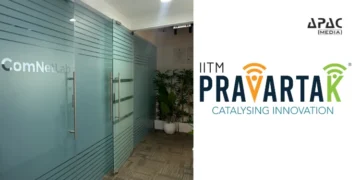Mumbai: In a move to address the increased cybersecurity threats faced by operational technologies (OTs) and critical infrastructure, Kaspersky has introduced enhanced solutions tailored to the requirements of industrial companies.
The platform has introduced the following new features:
- Enhanced configuration and change management for OT infrastructure for providing security settings inspection and change monitoring through agent-based or agentless polling for Windows and Linux hosts, network devices, and PLCs to collect configurations.
New asset types for providing better context during incident investigations to support the reception and aggregation of assets including installed software, patches, local users, and discovered executables. The new system will automatically transmit information to Kaspersky Industrial Cybersecurity (KICS) for Networks with periodic updates, providing for automatic change management and alerts when deviations are detected.
Scheduled active polling and automated network topology visualization allowing for mapping of real-time information about asset connection. It will also help manage security state changes for devices without installed agents, such as computers and switches.
Increased capabilities to detect issues in digital substations to enable import of SCD (substation configuration description) files to analyze configurations, extraction of asset attributes, and the review of IEC settings.
SD-WAN sensor for monitoring OT network traffic provides a new architecture for geographically distributed infrastructures, enabling support for up to 100 monitoring points on a single KICS for Networks node.
Updated Portable Scanner expanding host inspection capabilities with new scanning technologies such as host inventory, vulnerability, compliance and security settings inspection scans, and traffic capturing.
Managed Detection and Response (MDR) to perform cybersecurity functions, supporting industrial companies facing staff shortages or skill gaps. Kaspersky will provide outsourcing services for functions such as threat monitoring, detection, threat hunting, and incident analysis.
Also Read –






























































Discussion about this post